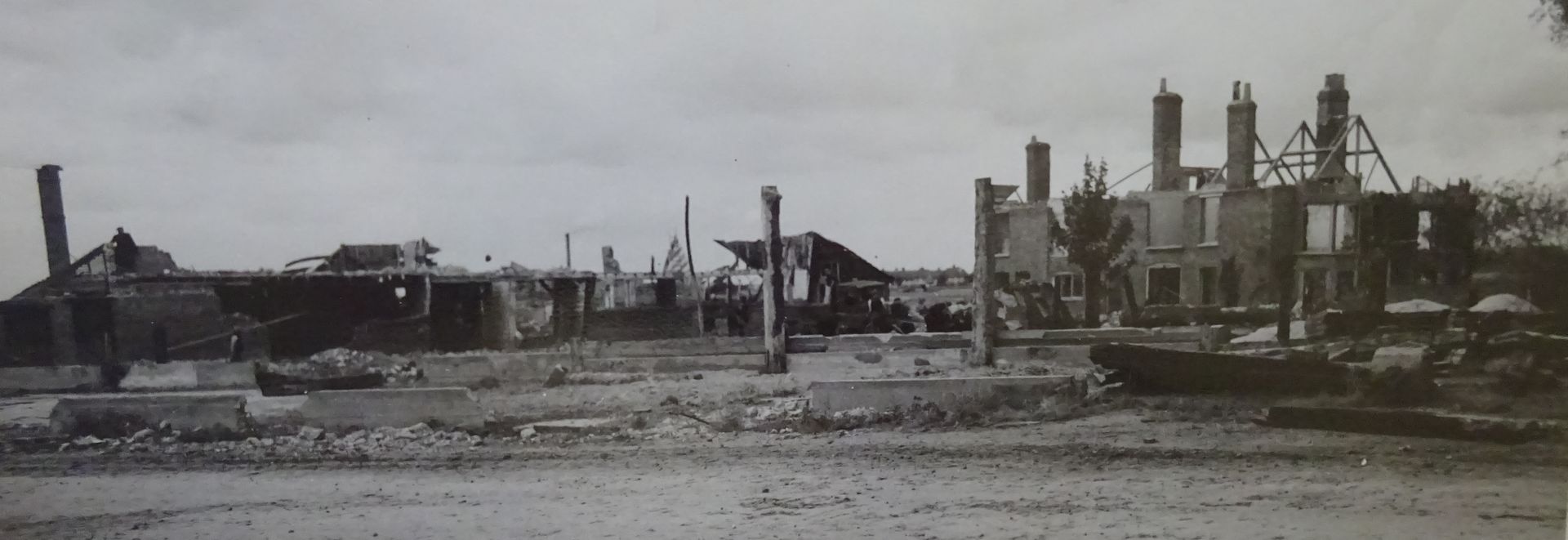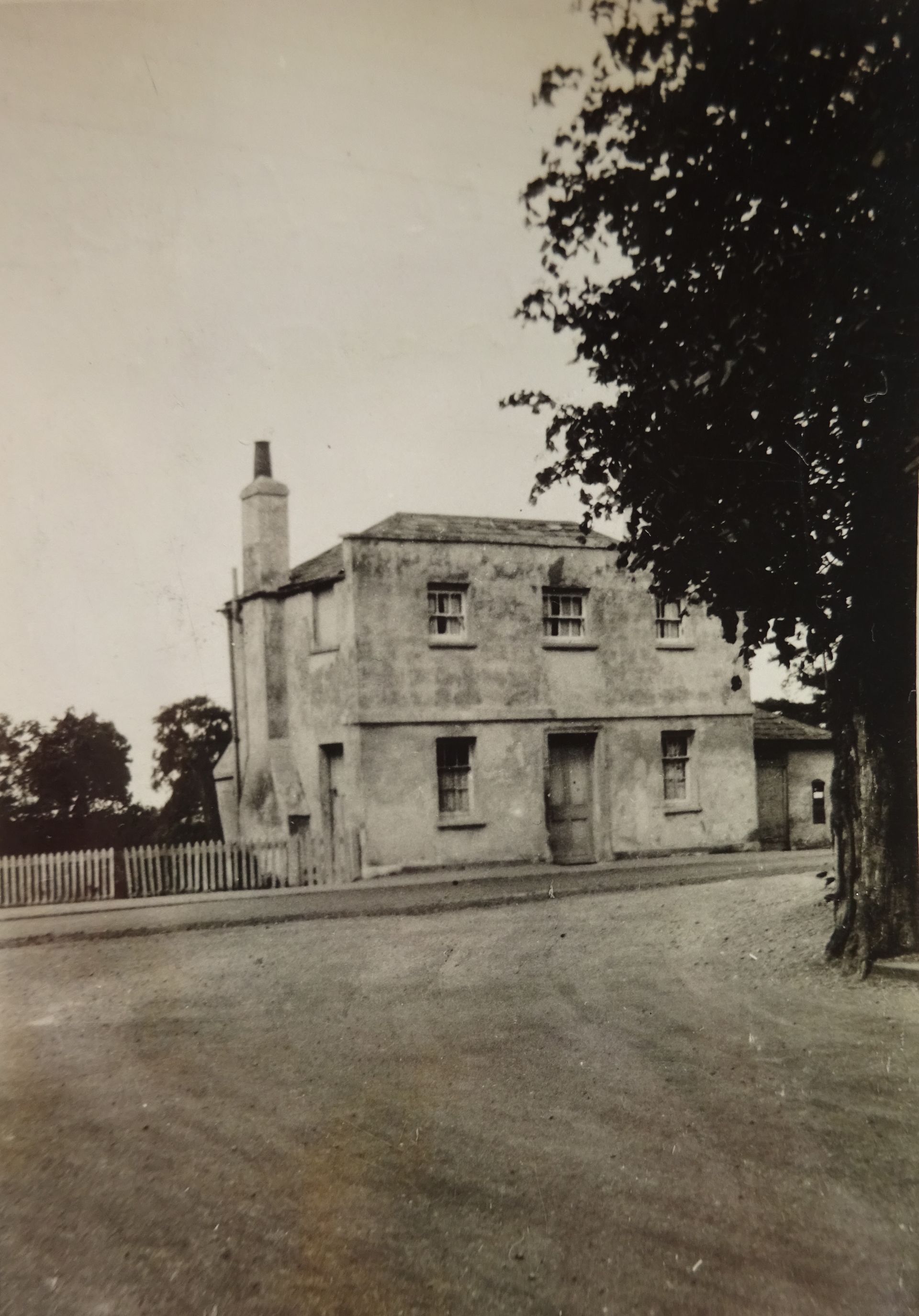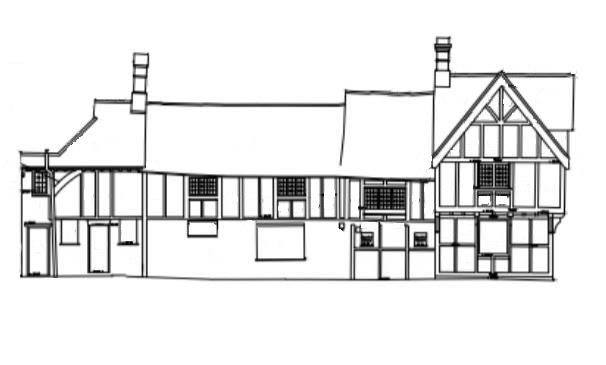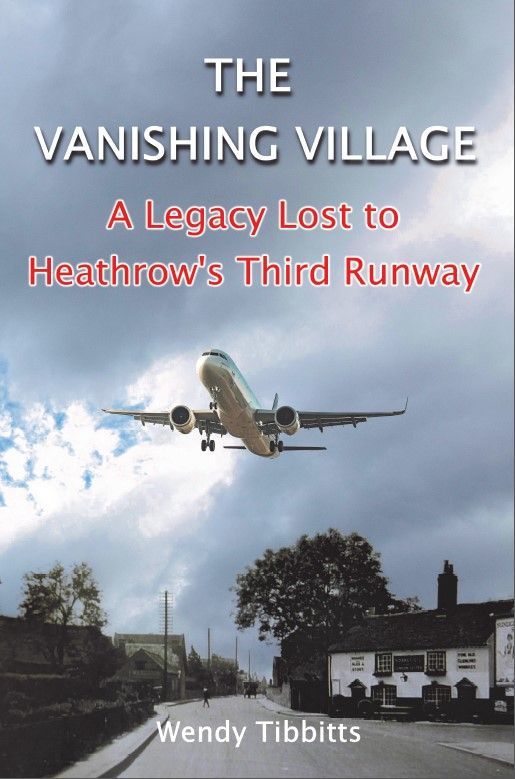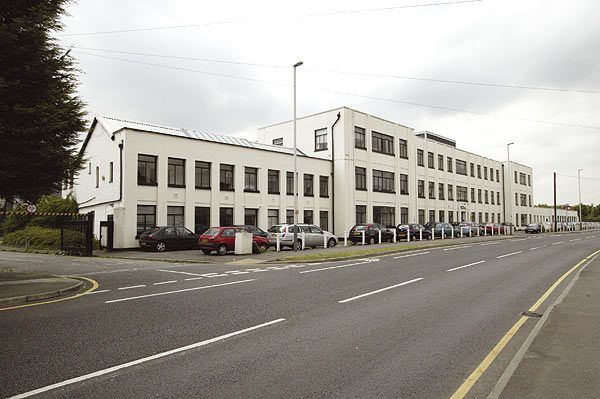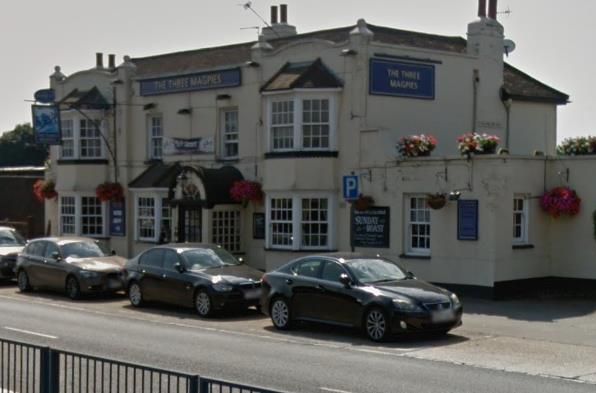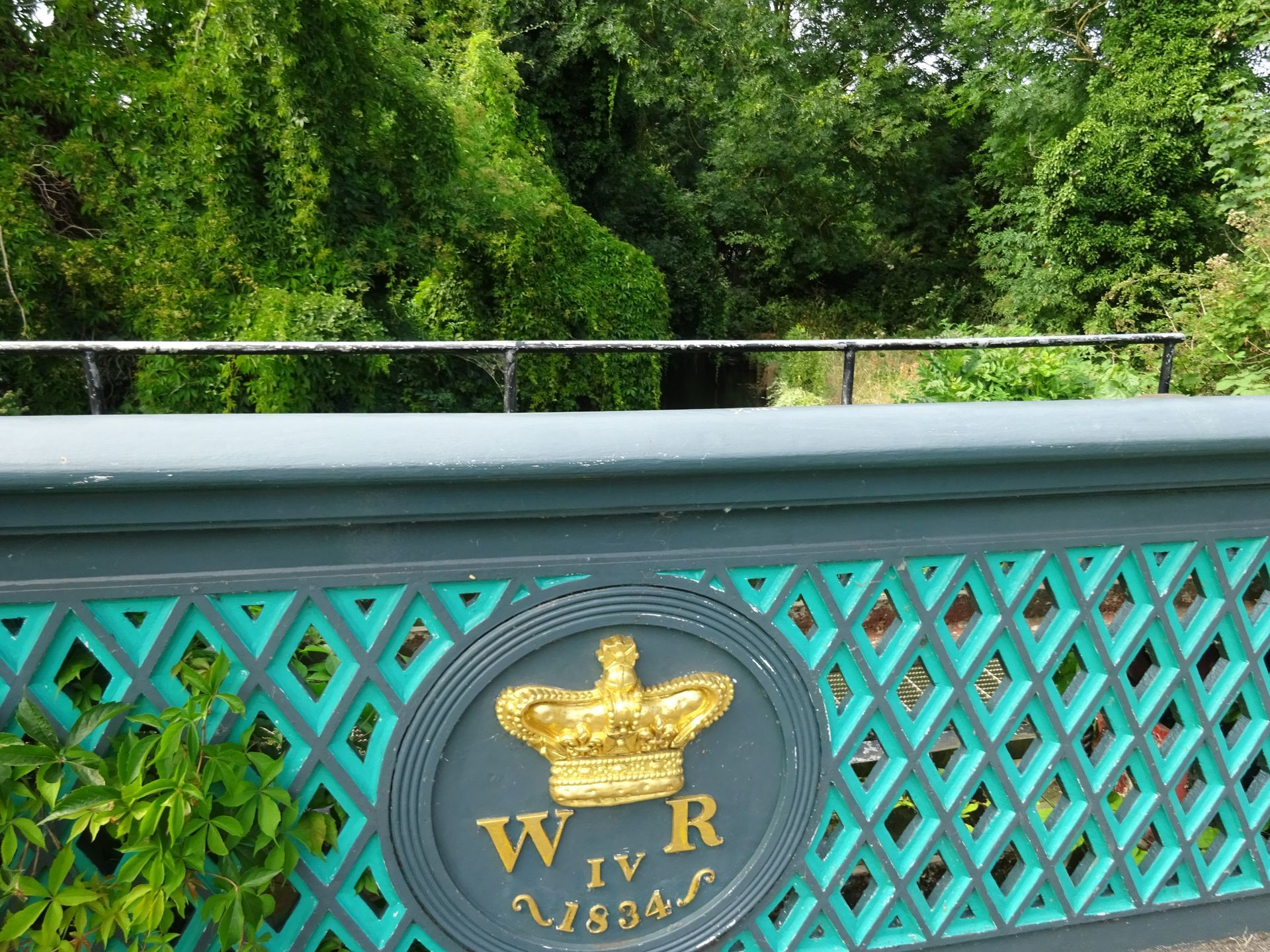THE HIGHWAYMAN’S HIDEAWAY

Highwaymen were a public menace in the seventeenth and eighteenth centuries, especially on the vast open area of Hounslow Heath, on the western side of London. Hounslow Heath had to be crossed, with trepidation, by anyone travelling west from London on the Great Bath Road (now the A4) and thieves would lurk, inconspicuously, ready to stop the carriages of wealthy travellers and rob them of their valuables. Travellers breathed a sigh of relief when the carriages and stagecoaches reached the relative safety of the Kings Head in Longford village unscathed. At the Kings Head inn the passengers would enter the warm bar and enjoy refreshments whilst waiting for carriage or stagecoach horses to be changed for the onward journey. As they chatted to their fellow travellers they would not have noticed shadowy figures in dark corners listening to travellers’ tales and deciding who would be the next victim of the highwayman. There are many stories of highwaymen and their activities around the village, but Longford had one of its own. One night, just before Christmas 1769 a farmer left the Kings Head after an evening of heavy drinking. He walked to his nearby farmhouse, saddled his horse, put a kerchief round his face and ventured out on the Heath. With the bravado of a heavy dose of alcohol he held up a private carriage and with no more than a knobbly stick as a weapon he demanded money. The occupant of the carriage, who was prepared for a hold-up, shot and wounded the farmer who rode off. The man was found lying on the Bath Road a little further along from the incident and was taken back to the Kings Head. There his friends nursed him, but he died a few days later and is buried in the parish churchyard. The wealthy farmer was John Tillier, normally a respectable citizen, but his young wife had just died and with Christmas approaching he had let his melancholy make him reckless.
The Kings Head is now a Grade II listed Elizabethan building, on the western edge of London Airport and only 450 meters from the northern runway. It is a shadow of the former coaching inn that was well-known throughout the country. The walls of the building can just be glimpsed through the tall trees and overgrown garden on the opposite side of the Old Bath Road from the Littlebrook Nursery. The gates are now closed with concrete blocks and its ancient windows are boarded up. It is a forlorn sight for an inn once visited by Monarchs and nobility, but also the haunt of highwaymen and scoundrels. The Kings Head has many tales to tell, but it did not always look like it does today. When Queen Anne visited Bath to take the medicinal waters she made Bath a fashionable place for high society to visit. The Bath Road became busy and The Kings Head needed more room. At the end of the eighteenth century the inn was extended out to the road side. It added a 60-horse stable, spacious bar, more accommodation for travellers, and a large ornate reception room known as the Queen Anne Room. This room had a large fireplace with china cabinets in each recess and comfortable furniture fit for Royalty. Unfortunately Queen Anne never saw the inside of the room built for her comfort because by the time she was travelling to Bath to take the waters she was overweight and suffering from gout which made walking difficult. She would stay in the carriage whilst the horses were changed. However many other Kings and Queens did make use of the inn’s hospitality, especially Queen Victoria who in January 1842, famously handed the baby Edward VII to the landlady to hold whilst she drank her tea.
The landlord of the Kings Head in the late eighteenth century was John Bedford. He was a widower when he married local girl Mary Dean in 1778. When he died in 1794, aged 54, his widow, Mary, took over the running of the business with the help of her two eldest children, Joseph and Peggy aged 14 and 13. There were also three younger children. Joseph and Peggy inherited the pub when their mother died in 1807 and then Joseph also died leaving Peggy Bedford to continue as landlady for a total of fifty years. She made the pub famous nationally and it was always referred to as Peggy Bedford’s. She never married, but there were rumours of her being the mistress of a highwayman. Her death in 1859 was reported in newspapers all over the country. Over the centuries many fascinating events occured at the inn, from deaths and scandals, to public meetings, annual dinners, and inquests all of which have been told in the book, “Longford: A Village in Limbo”. In the early twentieth century the pub was a destination for cycling clubs and beanfeast outings. The four-acre kitchen garden was turned into an ornamental garden with a pond, a bowling green and a summer house. An enterprising landlord converted the stables (which are also listed and ‘at risk’) into a training gym for boxers and some of the leading British boxing champions of the day trained there before a major fight.

In 1928 the Colnbrook bypass was built through the Peggy Bedford’s gardens and the bypass cut the pub off from passing trade. The pub surrendered its licence and a new Peggy Bedford was built on the apex of the old and new roads. The original pub became residential, but in 1934 there was a serious fire that caused the roof to fall in and destroyed the eighteenth century part of the house. However the older part was saved as were two great elm trees which stood in front of the pub. They were said to have been planted by Queen Elizabeth I (although this is unlikely). One was hollow with age and people threw coins in it for luck. The fire was reported in newspapers all around the country. The older house continued as a dwelling. In 1944 large parts of the farmland around Longford were requisitioned by the Air Ministry to build a airfield with a concrete runway which obliterated the hamlet of Heathrow and Perry Oaks farm. The first Commandant of the Civil Airport, which opened in 1946, was Air Marshall Sir John D’Albiac.[1] He and his family moved into a house they called The Stables which was in fact the now Grade II listed remains of the original Peggy Bedford. They lived there from 1947 until at least 1955. It was under his command that the airport developed the two east/west parallel runways rather than the triangular runway system originally built.[2]
Since 2018 the expansion plans for the airport included the demolition of the whole of the village of Longford. While the future of Longford is unknown the village is blighted and no one will want to live in this wonderful old building. The Old Peggy Bedford will remain on Historic England’s At Risk register. It is a sad fate for such a distinguished building.
[1] For a Ministry of Information Film about the building of the airport see https://archive.org/details/london_airport_TNA/london_airport_TNA.mpg
[2] http://news.bbc.co.uk/1/shared/spl/hi/programmes/the_day_britain_stopped/timelines/heathrow/html/1940s.stm
For more historical stories about Longford, Heathrow and Harmondsworth in West Middlesex read:
“Longford: A Village in Limbo” by Wendy Tibbitts.
